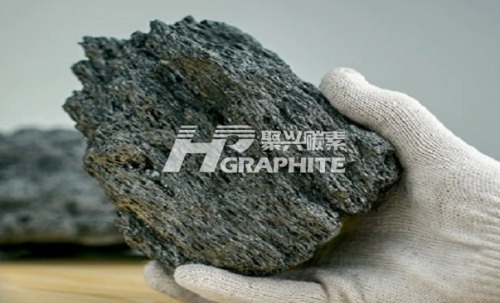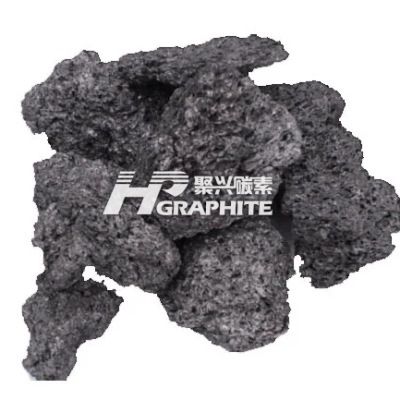【Needle Coke】Continues to Dominate as the Mainstream Negative Electrode Material Industry

【Needle Coke】Continues to Dominate as the Mainstream Negative Electrode Material Industry
The raw materials for negative electrode materials can be broadly categorized as carbon-based materials and non-carbon-based materials. Currently, the main raw material for negative electrode materials in the graphite category of carbon materials is artificial graphite, such as needle coke, calcined coke and petroleum coke.
However, traditional artificial graphite materials have both advantages and limitations. The advantages of artificial graphite negative electrode materials include high electronic conductivity, large lithium-ion diffusion coefficient, high lithium insertion capacity, low lithium insertion potential, and safety and stability. Additionally, graphite materials have a wide range of sources and are cost-effective. Due to technological advancements, favorable pricing, and a mature supporting industry, artificial graphite will remain the mainstream negative electrode material in the coming years. However, there are limitations to the development of artificial graphite negative electrode materials, such as the specific capacity nearing the theoretical limit of 372 mAh/g, which hinders further applications. Therefore, the development of other negative electrode materials has become a priority.

One direction of research is focused on sodium-ion batteries, which utilize hard carbon as the negative electrode material. Sodium-ion batteries offer a high cost-performance ratio and can utilize existing production processes. The internal structure of hard carbon electrodes exhibits a more disordered arrangement of graphite microcrystals compared to soft carbon, along with a portion of microporous and mesoporous regions, resulting in higher sodium storage capacity and lower sodium storage potential. Furthermore, hard carbon raw materials are abundant and cost-effective, as carbon sources such as lignin, sucrose, glucose, peanut shells, banana peels, coal, and oxidized bitumen can be utilized. Therefore, hard carbon exhibits lower raw material costs and higher comprehensive cost-effectiveness, making it an ideal negative electrode material for sodium-ion batteries.

Another research direction is focused on silicon-based negative electrodes. Silicon electrodes have the highest theoretical specific capacity (3580 mAh/g) and abundant resource reserves. They provide multiple channels for lithium-ion insertion and extraction from various directions, exhibit a high lithium insertion potential, excellent fast-charging performance, and combine high safety and high capacity. Silicon is considered a potential next-generation negative electrode material. However, silicon as a negative electrode material undergoes significant volume changes, leading to continuous contraction and expansion during charge-discharge cycles, which affects the battery's cycle life.
The development and application of new negative electrode materials require time to overcome industrialization challenges. By 2026, it is projected that negative electrode material production will reach a level of 3.6 million tons, with the total volume of hard carbon and silicon-based negative electrodes estimated to be around 400,000 tons. In the next three to five years, it will be challenging to shake the mainstream position of artificial graphite materials. Therefore, needle coke and petroleum coke will remain the primary supply materials for negative electrode materials in the future. With further capacity release of negative electrode materials in 2023, the increasing demand for needle coke is an irreversible trend. Inquire for Market Trend of Artificial Graphite Materials and Welcome to Contact Us.
No related results found








0 Replies